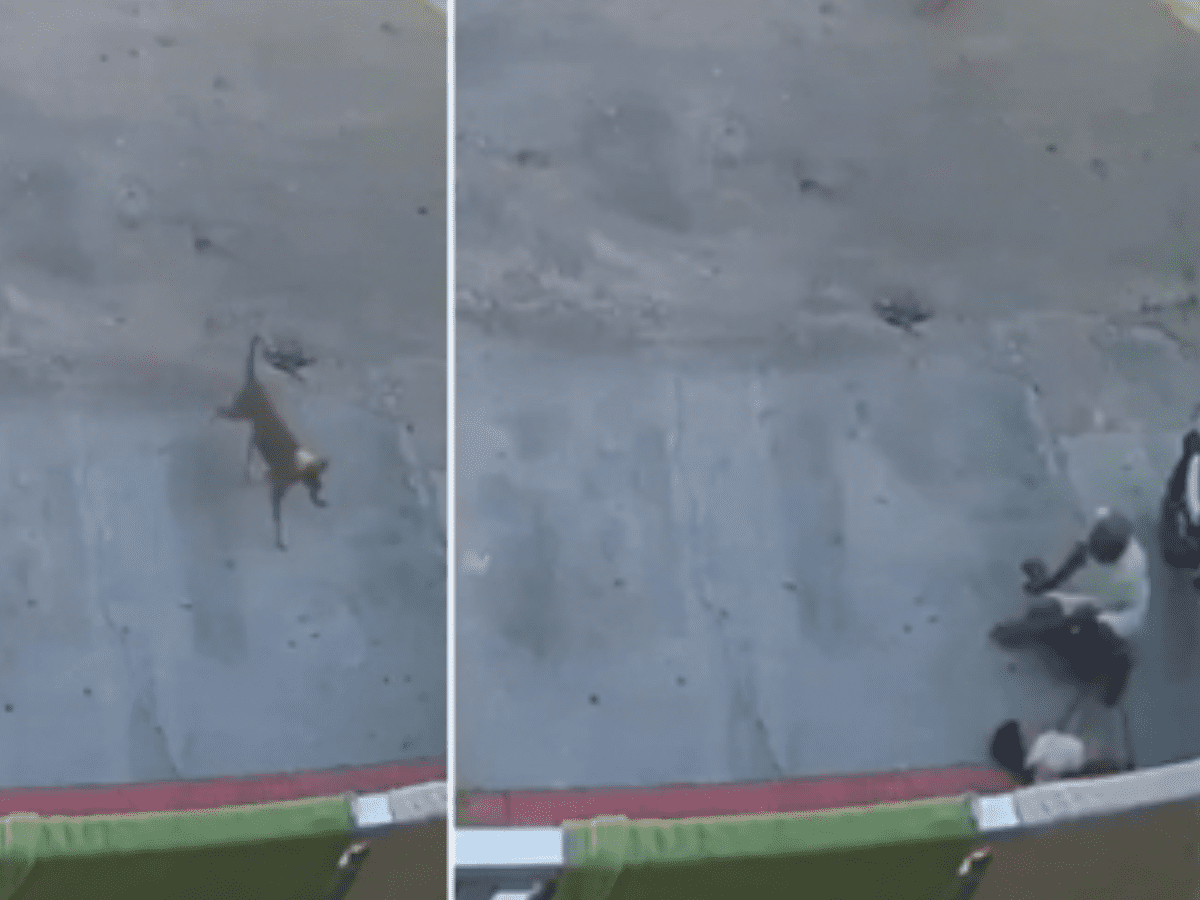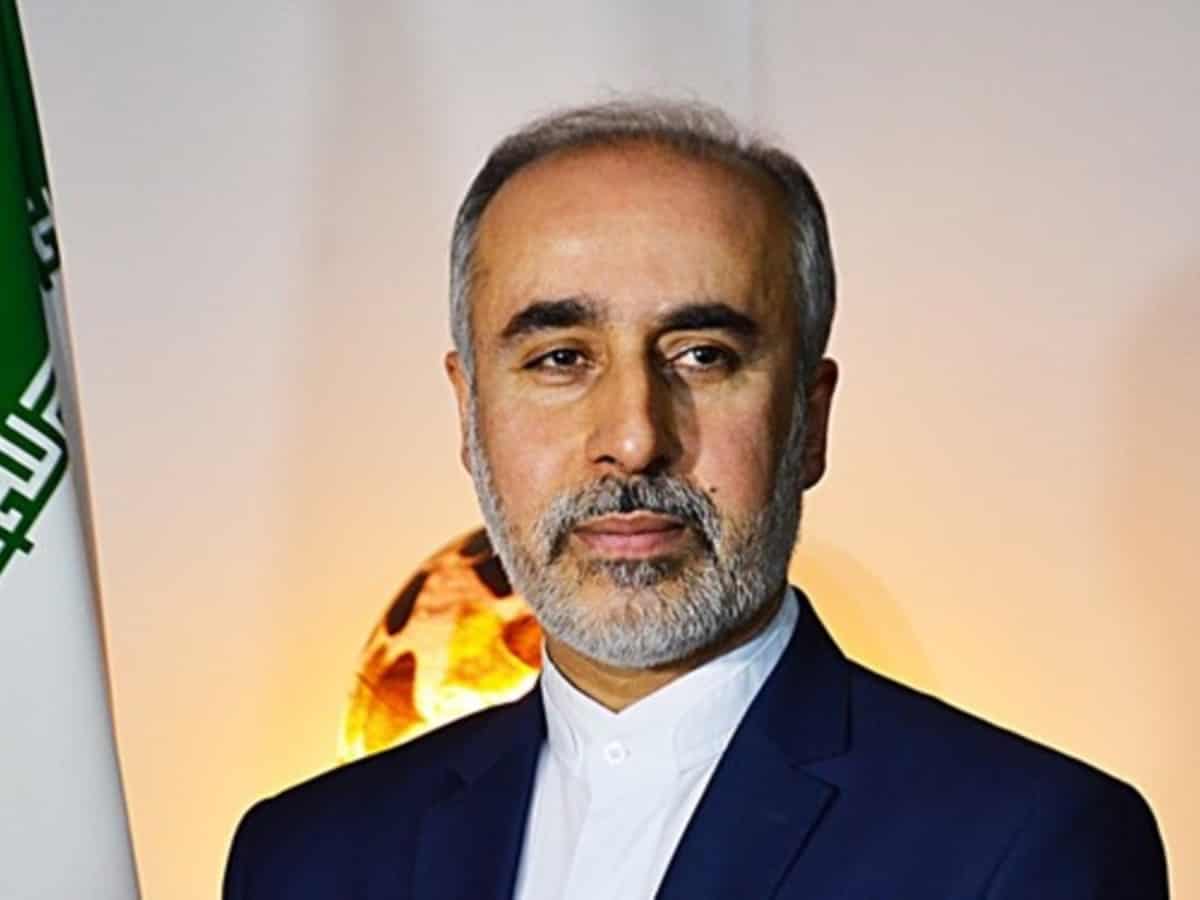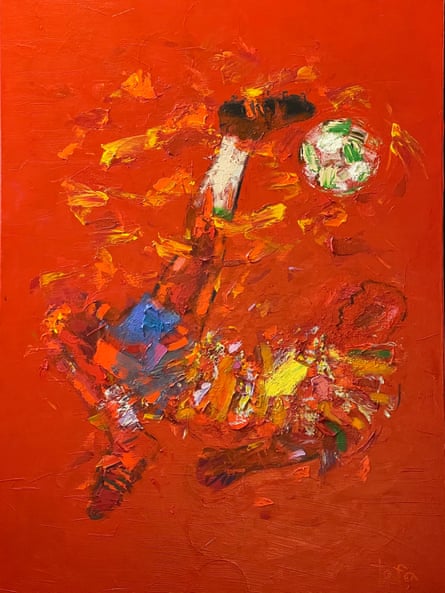[ad_1]
SRINAGAR: Finance Department on Wednesday organised a day-long workshop on “Transformation and Reforms in Financial Management” at SKICC.
The workshop aimed at apprising the participants about the priorities of the government and implementation of its schemes through digital platforms for better outcomes at the field level.
Chief Secretary Dr Arun Kumar Mehta who was Chief Guest on the occasion highlighted major reforms taken up by J&K government to bring greater transparency and accountability in the financial system making it more robust and outcome oriented. He said that since 2019 many reforms had been taken in the financial management system which has resulted in producing far better outcomes.
Chief Secretary said that the key reforms introduced by the government in its financial structure envisaging added transparency and accountability and has brought UT’s fiscal system at par with any other system in the country. He maintained that implementation of transformative reforms such as Budget Estimation and Allocation Monitoring System (BEAMS), online submission of bills through J&K PaySys, mandatory administrative approvals, technical sanctions and e-tendering, digital payments, GFR, GeM and related measures have greatly helped the financial systems in J&K to be efficient, transparent and result oriented.
Dr Mehta complimented the finance department for bringing in necessary changes for the overhaul of the system and said that the department has been at the forefront in eradication of corruption at all levels. “Today we could safely conclude that the financial system in J&K is one of the most transparent systems anywhere and is among the key changes that have taken roots in the UT after 2019” he added.
Chief Secretary said that the government has completed 92000 works during 2022-23 which was unthinkable in the recent past as the number of completed works would be around 9000 before 2019.
He also said that the feedback taken from the panchayats is highly encouraging as no complaint is being received from them regarding the works. He said that works are taking place 3-4 times more on the same amount of money and without facing any obstacles as this year 43000 works have been completed in panchayats which was just about 3000 before this system was put in place. He said that the officers involved in this transformation should feel proud to be part of this journey.
Regarding the number of beneficiaries receiving old age pension, widow pension, the CS said that number of beneficiaries has increased from 4.5 lakh to 10 lakh without putting any further burden on the state exchequer. He also said that 11.5 lakh beneficiaries have been weeded out from the CAPD department without anyone complaining about the same. He said that the money is reaching where it is intended to reach and there is no siphoning of public money now due to DBT and digitisation of services.
He recalled that the officers of the finance department are the protectors of the public exchequer and they should make this department most happening department in the country and achieve the financial discipline for achieving saturation of all the beneficiary led schemes.
Dr Mehta said that promoting good governance in the financial management has been one of the core objectives of the government and people are able to oversee works being executed in their areas on a real time basis on EMPOWERMENT portal.
CS also reiterated that the government has zero tolerance against any kind of irregularity in any recruitment process undertaken by any recruiting agency of the J&K Government. He assured that the confidence of our youth in these institutions is paramount for the administration and it would be safeguarded at any cost to ensure that the government jobs are acquired by deserving candidates on merit only.
Some of the main topics which came under discussion during this day-long workshop includes Role of GST as a fulcrum of J&K’s Own Tax Revenues, People’s participation through EMPOWERMENT/ JANBAGHIDARI, E-Audit and performance auditing, PFMS and CNA/SNA Module, Introduction of IT in GP Fund, Co-relation between Finance and Investigations, and Digital Payments & DBT.
[ad_2]
#Govt #Brought #Greater #Transparency #Accountability #Financial #System
( With inputs from : kashmirlife.net )













